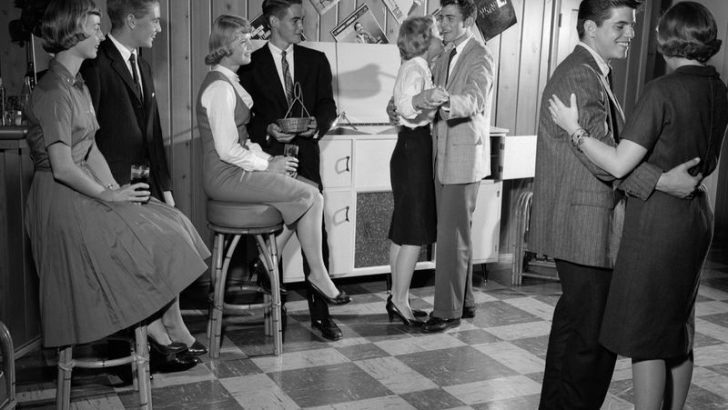The 1960s were a time of change and exploration, not just in society, but also in the realm of personal relationships. Many practices that were commonplace among married couples during that era are now being revisited and recommended by modern therapists. From quality time to open communication, these retro habits are proving to have timeless value. Here, we explore 13 things every married couple did in the ’60s that are worth considering today. Let’s dive into these practices and see how they can enrich your relationship in the modern age.
1. Handwritten Love Letters

In the ’60s, love letters were a cherished method of communication. Couples expressed their deepest feelings through handwritten notes, offering a personal touch. Today, therapists recommend this practice as a way to deepen emotional connections. Writing a letter requires thoughtfulness, allowing one to articulate feelings that might go unspoken.
It’s a tangible piece of affection that can be cherished over time, unlike digital messages. Integrating this into modern relationships can rekindle romance. A letter is a keepsake that holds sentimental value, and its simplicity speaks volumes in an era of instant communication.
Moreover, it encourages mindfulness and reflection, promoting intimacy.
2. Weekly Date Nights
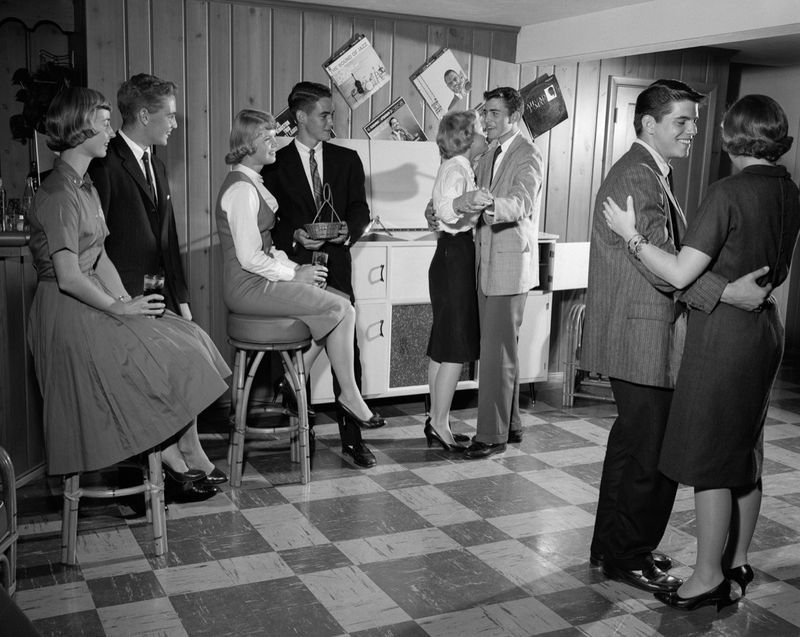
During the 1960s, couples prioritized spending quality time together, often setting aside one night a week for a date. This tradition of weekly date nights is now recommended by therapists to maintain closeness. Regular dates allow couples to reconnect, away from daily routines and responsibilities.
Choosing a dedicated time each week fosters anticipation and excitement. Whether it’s a fancy dinner or a simple walk in the park, it’s the shared experience that counts. In today’s fast-paced world, this intentional time together is a way to nurture the relationship’s core.
Rediscovering each other’s company can reignite passion.
3. Family Dinners
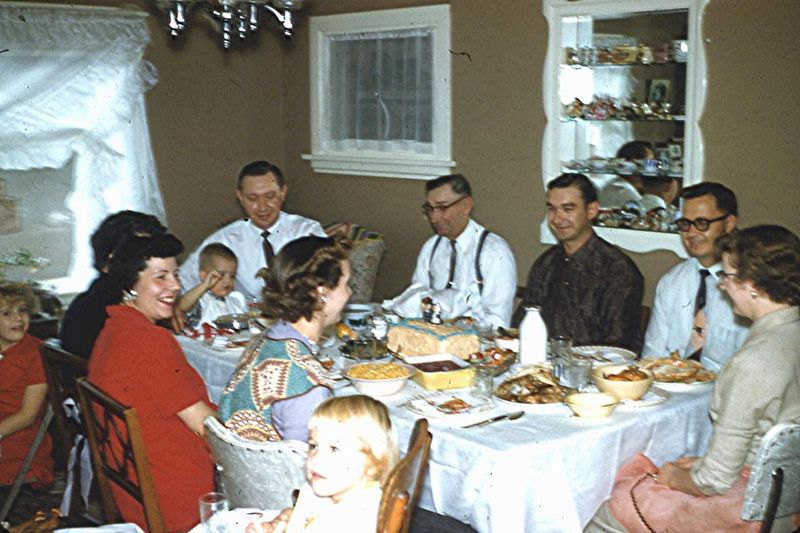
In the ’60s, family dinners were a cornerstone of daily life, offering a chance for everyone to connect. Today, therapists endorse this tradition for its benefits in fostering communication and unity. Sharing a meal allows family members to engage in meaningful conversations, enhancing emotional bonds.
These dinners create a routine of togetherness, providing a stable environment for open discussion. In a world full of distractions, sitting down to eat together can serve as a grounding ritual. It helps in building a sense of belonging and togetherness among family members.
Continuing this practice can strengthen family dynamics.
4. Unplugged Time
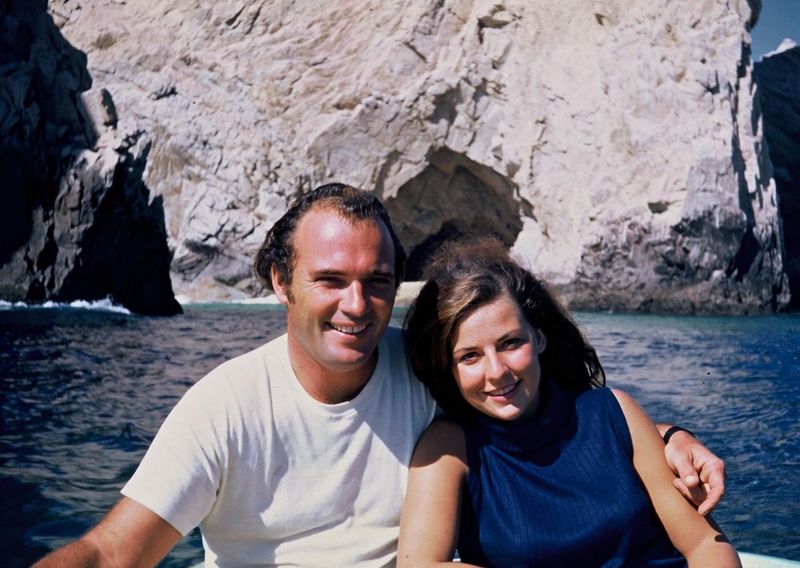
Couples in the ’60s naturally spent time together without the distraction of modern technology. Today, therapists suggest creating “unplugged” time to strengthen relationships. It encourages partners to focus on each other, fostering deeper connections.
Without screens vying for attention, conversations flow more freely, enhancing emotional intimacy. This practice offers a break from the digital world, allowing couples to be present in the moment. Unplugged time can include reading together, playing games, or simply enjoying a quiet moment.
By setting aside these moments, couples can recharge their relationship, maintaining a healthy balance between digital life and personal interaction.
5. Simple Acts of Kindness
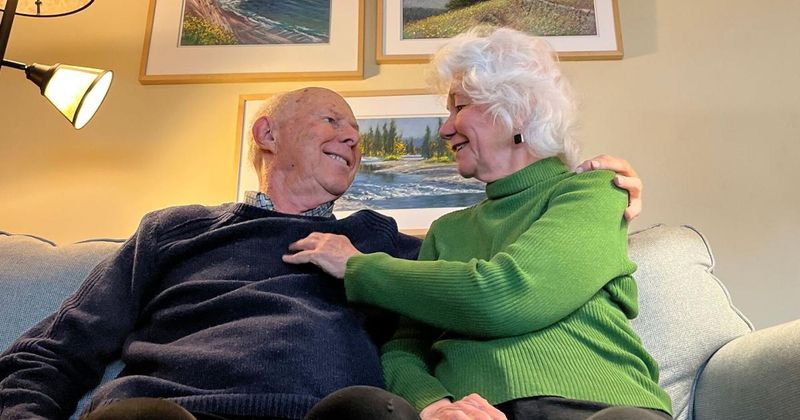
In the ’60s, small gestures of love and kindness were integral to marital happiness. Today, these acts are recommended by therapists to maintain a thriving relationship. Simple acts like leaving a sweet note or making your partner’s favorite meal show appreciation and care.
These gestures, though small, speak volumes about love and commitment. They remind partners of their importance, nurturing a positive atmosphere. Acts of kindness can break the monotony of daily life, adding a spark to the routine.
Such gestures cultivate gratitude and empathy, essential components of a strong bond. Embracing this practice can lead to lasting romance.
6. Regular Communication
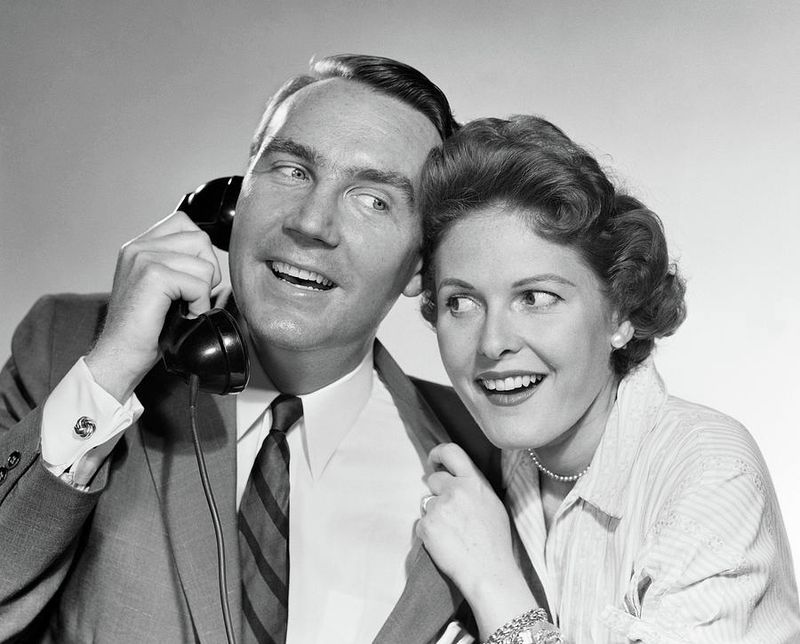
Effective communication was a vital part of ’60s relationships, a principle still advocated by therapists today. Regular, open dialogue helps in understanding each other’s needs and resolving conflicts. It forms a foundation for trust and transparency, allowing couples to navigate through challenges together.
Through communication, couples can express emotions, share dreams, and discuss concerns. This practice avoids misunderstandings, promoting a harmonious relationship. In a busy world, carving out time for meaningful conversations can strengthen the partnership.
By prioritizing open communication, couples can build a resilient relationship, capable of withstanding life’s inevitable ups and downs.
7. Shared Hobbies

In the ’60s, couples often engaged in shared hobbies, which modern therapists now endorse as a way to bond. Whether gardening, dancing, or playing music together, these activities provide common ground and shared joy. Hobbies allow couples to explore interests collaboratively, fostering teamwork and cooperation.
Engaging in fun activities together can reignite excitement and adventure in the relationship. It provides opportunities to learn new skills, laugh, and enjoy each other’s company. This practice strengthens emotional connection through shared experiences.
By cultivating shared hobbies, couples can enjoy a balanced relationship, filled with mutual interests and happy memories.
8. Expressing Gratitude
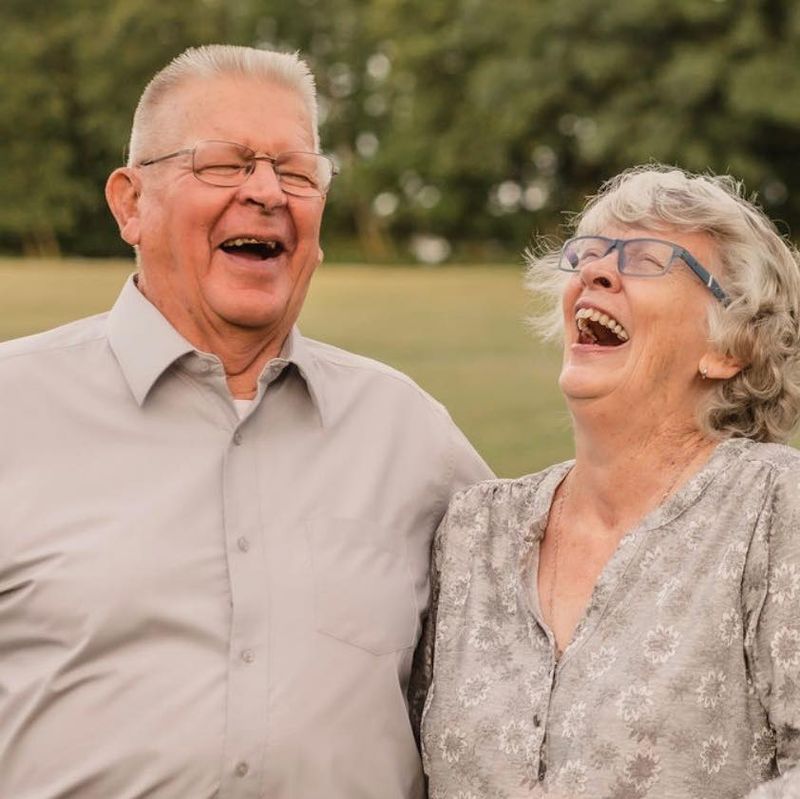
Gratitude was a valued sentiment in ’60s marriages, a practice that modern therapists recommend for enhancing relationships. Regularly expressing thanks fosters a positive environment, reinforcing the bond between partners.
Recognizing and appreciating each other’s efforts encourages mutual respect and admiration. It helps in maintaining a balanced perspective, focusing on the positive aspects of the relationship. Gratitude can be expressed in various ways, from verbal affirmations to thoughtful surprises.
This practice keeps the relationship vibrant, reminding partners of the joy they bring to each other’s lives. Emphasizing gratitude can lead to a more fulfilling and harmonious partnership.
9. Community Involvement
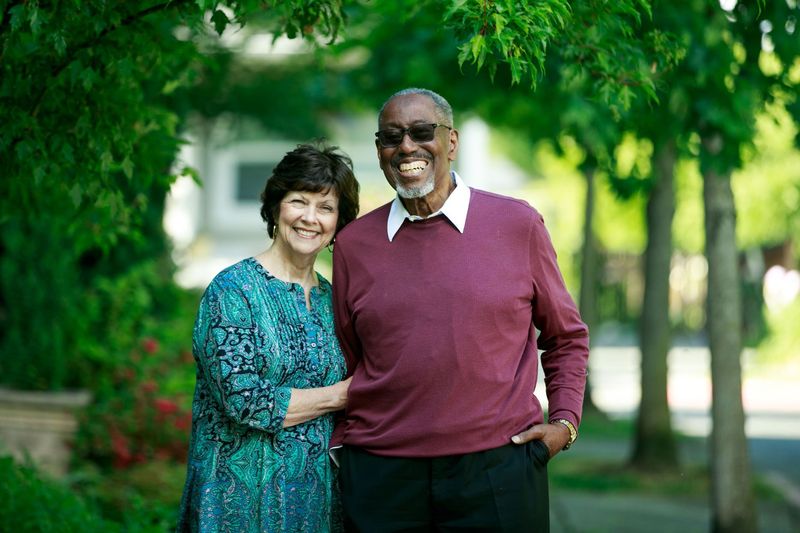
During the ’60s, being part of community activities was common, a practice that therapists now recommend for couples. Engaging in community service or events together fosters a sense of purpose and collaboration. It allows couples to connect over shared values and contribute positively to society.
Participating in community activities provides opportunities to meet new people, expanding social circles together. This shared experience strengthens the partnership, creating a sense of belonging and togetherness. It instills a sense of achievement and fulfillment.
For couples today, community involvement can be a meaningful way to enhance their relationship and make a difference.
10. Celebrating Milestones
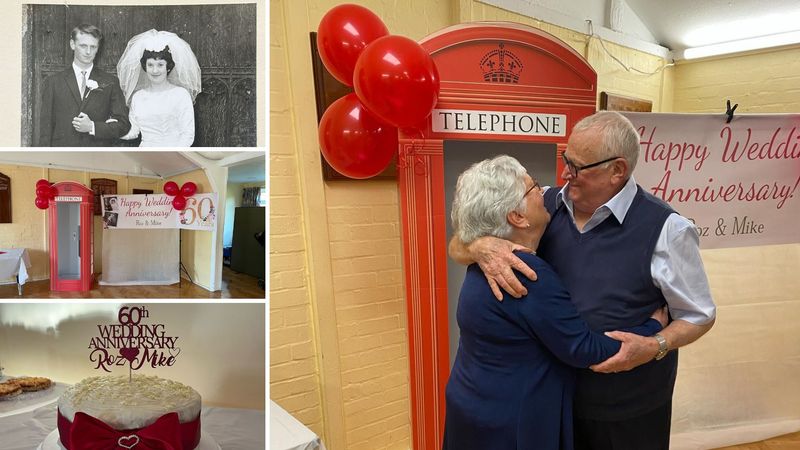
In the ’60s, celebrating milestones was a cherished tradition, highlighting the importance of special moments. Modern therapists encourage this practice to promote positivity and appreciation in relationships. Marking anniversaries, achievements, or personal goals together strengthens the emotional bond.
These celebrations offer a chance to reflect on shared experiences and look forward to the future. They create joyful memories, reminding couples of the journey they’ve taken together. Such moments act as reminders of love and commitment.
By honoring milestones, couples can maintain a sense of continuity and growth, ensuring the relationship remains vibrant and meaningful.
11. Spontaneous Adventures

Spontaneity added excitement to ’60s marriages, a concept therapists now recommend for keeping relationships lively. Surprise trips or unplanned outings break the routine, encouraging exploration and fun. These adventures provide fresh experiences, keeping the relationship dynamic and engaging.
Spontaneous activities foster a sense of playfulness, allowing couples to reconnect and enjoy unexpected joys. They create opportunities for laughter and bonding, essential elements of a healthy relationship.
Incorporating spontaneous adventures into modern life can rejuvenate the partnership, offering a break from the predictable. This sense of novelty and excitement can enrich the connection between partners.
12. Focus on Intimacy
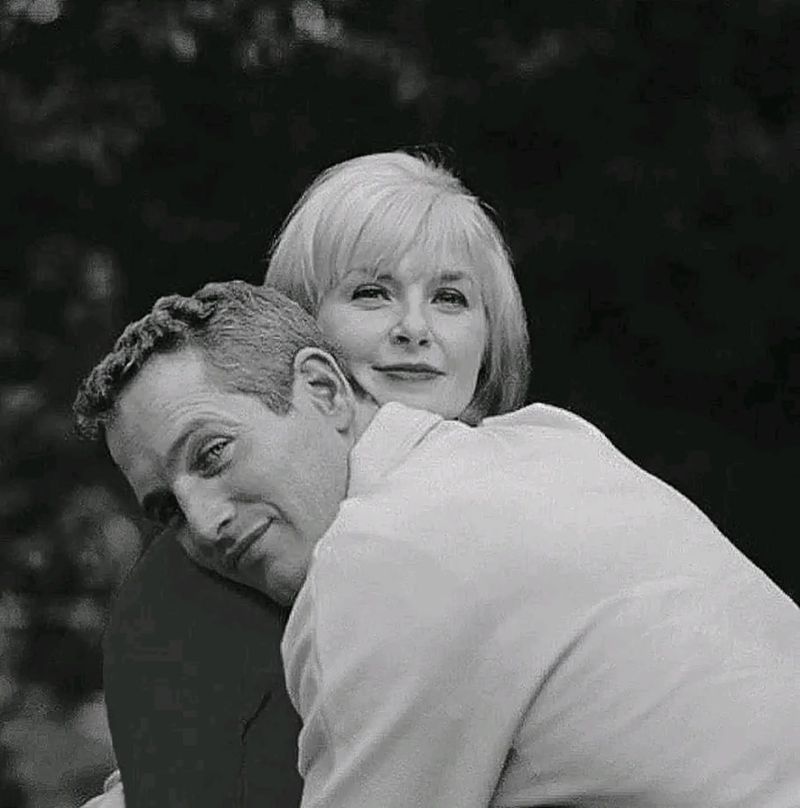
Physical and emotional intimacy was a vital aspect of ’60s marriages, a focus that therapists continue to emphasize today. Building intimacy involves understanding and meeting each other’s emotional needs. It strengthens the bond and enhances satisfaction within the relationship.
This focus on closeness can include regular affectionate gestures, emotional support, and quality time. Intimacy fosters a deep connection, creating a safe space for vulnerability and openness.
By prioritizing intimacy, couples can develop a strong, supportive partnership. This commitment to closeness ensures that the relationship remains fulfilling and resilient, capable of thriving through various life stages.
13. Practicing Forgiveness

In the ’60s, practicing forgiveness was regarded as a cornerstone of healthy relationships. Today, therapists recommend this for sustaining love and harmony. Forgiveness helps couples move past conflicts and misunderstandings, promoting healing and reconciliation.
It involves letting go of grudges and embracing empathy, allowing partners to learn and grow. This practice prevents resentment from building, maintaining a positive environment. Forgiveness is a powerful tool for emotional well-being.
By practicing forgiveness, couples can foster a nurturing relationship, characterized by compassion and understanding. It ensures that love triumphs over disagreements, strengthening the partnership’s foundation.

